
NSV ISS SURVEYOR
The ISS Surveyor instrument will image the night sky with a 1,076-megapixel, wide-field mosaic camera, using a multi-teraflop-per-second computing cluster and sophisticated on-orbit algorithms to enable terabit-per-second sensing and real-time data analysis. It will be deployed on the International Space Station as a technology demonstration of the Space Domain Awareness capabilities of the TeraDCTL edge-computing camera system. With commissioning scheduled to begin in January 2026, Surveyor will pave the way for operational deployment of the multi-node SpaceSurvey constellation, which will monitor every significant object in low Earth, medium Earth, geosynchronous, and cislunar orbits by 2030.
ISS Surveyor will be installed externally on the International Space Station in a zenith-facing location. As the station orbits, the body-fixed camera array will experience approximately 30 minutes in eclipse. It is designed to operate autonomously on orbit, taking images when in eclipse and reducing data while the instrument is in sunlight. Using the sweeping of the station’s orbital motion, ISS Surveyor will image a swath of 175 degrees by 45 degrees every 93-minute orbit.
The overlapping fields of view will image the night sky in multiple astronomical filter bands at four frames per second, providing a detailed time-lapse image of the night sky. ISS Surveyor records ten gigabytes of data per second, and onboard edge-computing will reduce the data to a daily download not to exceed ten gigabytes per day. In Phase 1, the downloads will consist of the engineering data needed to confirm the computer and array operation and to guide algorithm tuning. Phase 2 will consist of a sequence of algorithm deployments: satellite detection and tracking, multispectral stellar light curves, and transient anomaly detection. The final phase of the initial six-month mission will consist of operationalizing the satellite detection mission and evaluating system performance.
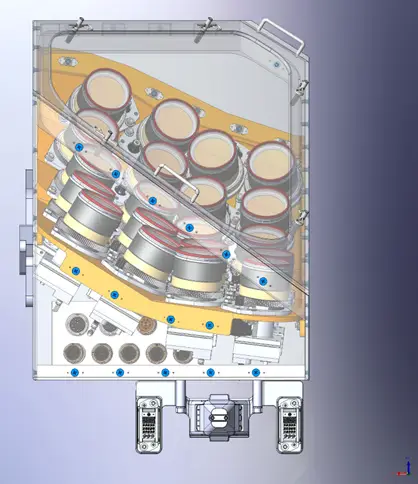
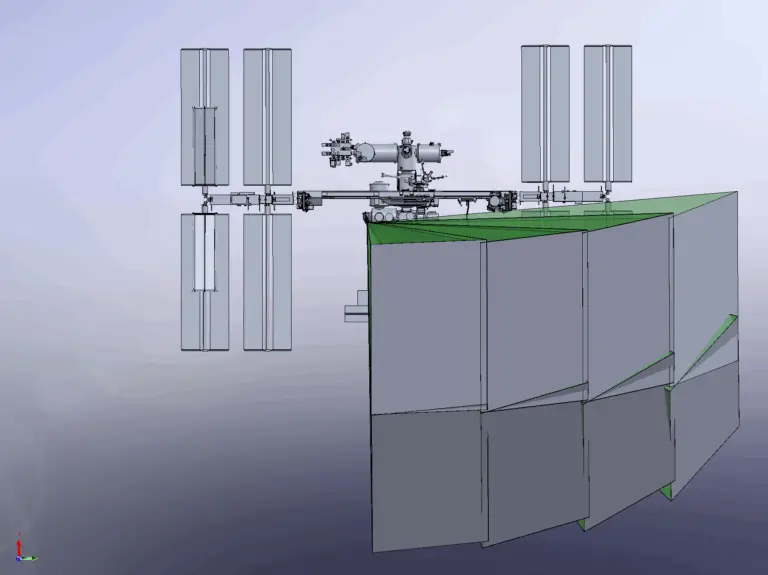
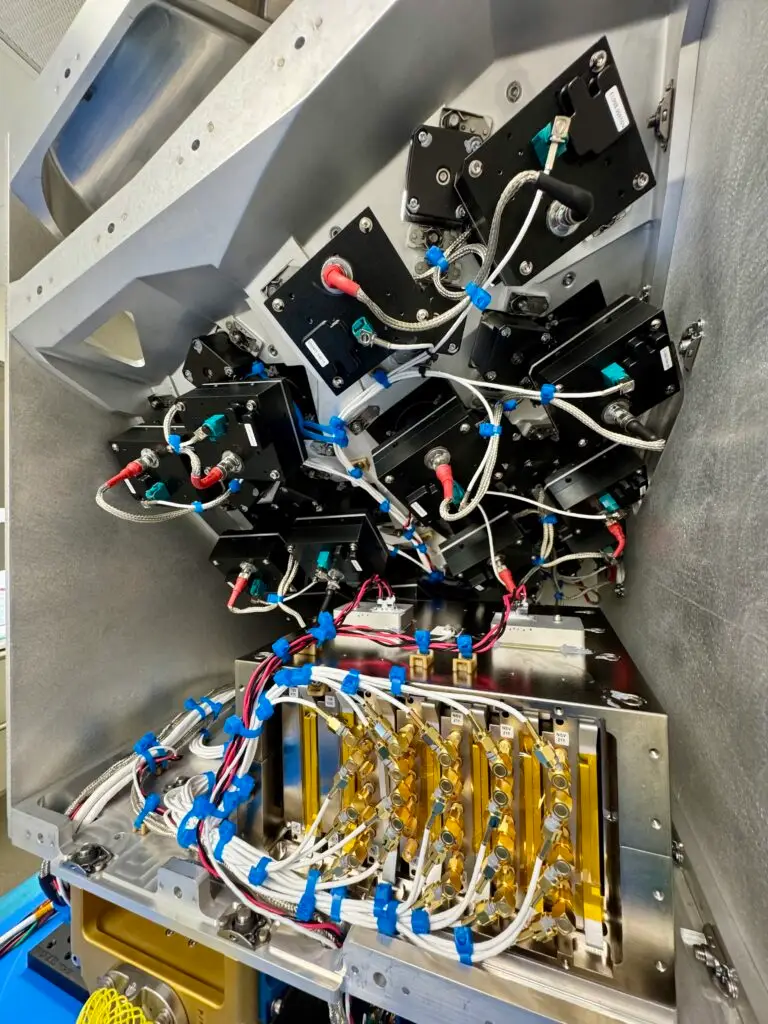
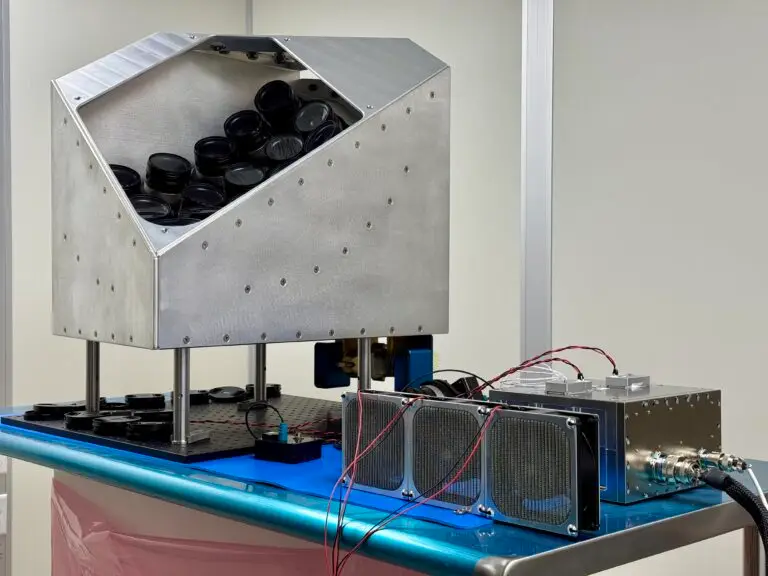
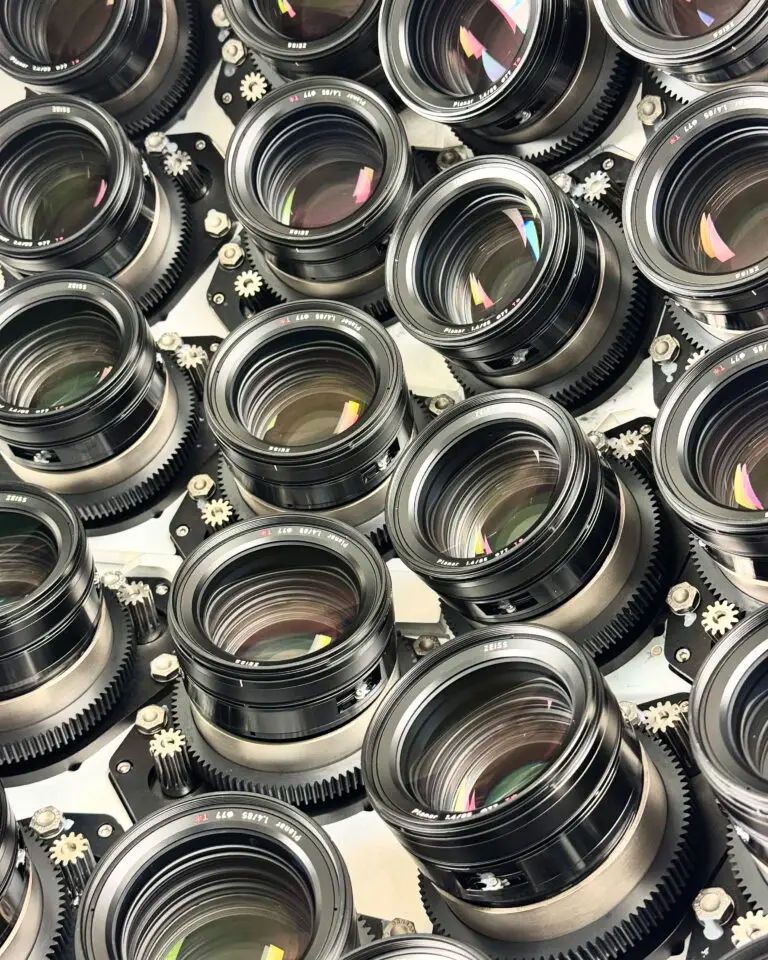
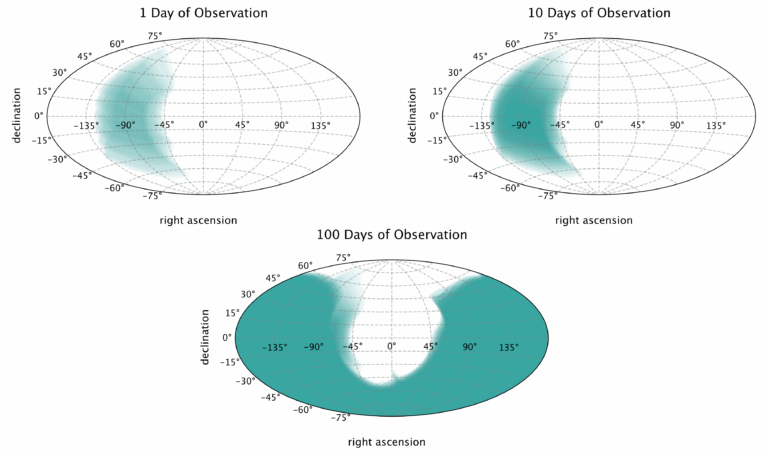
AVAILABLE UPON REQUEST
